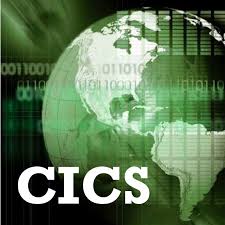 11.What is EIB? How it can be used?
11.What is EIB? How it can be used?
CICS automatically provides some system-related information to each task in a form of EXEC Interface Block (EIB), which is unique to the CICS command level. We can use all the fields of EIB in our application programs right away.
12.What information can be obtained from the EIBRCODE?
The EIBRCODE tells the application program if the last CICS command was executed successfully or not.
13.What is the effect of including the TRANSID in the EXEC CICS RETURN command?
The next time the end user presses an attention key, CICS will start the transaction specified in the TRANSID option.
14.What is the function of the EXEC CICS HANDLE CONDITION command?
To specify the paragraph or program label to which control is to be passed if the “handle condition” occurs.
15.What is the difference between the INTO and the SET option in the EXEC CICS RECEIVE MAP command?
The INTO option moves the information in the TIOA into the reserved specified area, while the SET option simply returns the address of the TIOA to the specified BLL cell or “address-of” a linkage section.
16.What is the function of DFHMDF BMS macro?
The DFHMDF macro defines fields, literal, and characteristics of a field.
17.What is the difference between getting the system time with EIBTIME and ASKTIME command?
The ASKTIME command is used to request the current date and time. Whereas, the EIBTIME field have the value at the task initiation time.
18.What is the function of the Terminal Control Table?
The TCT defines the characteristics of each terminal with which CICS can communicate.
19.What is a deadlock?
Deadlock occurs when a task is waiting for a resource held by another task which, in turn, is waiting for a resources held by the first task.
20.Explain the term Multi Region Operation?
MRO is the mechanism by which different CICS address spaces with in the same CPU can communicate and share resources.